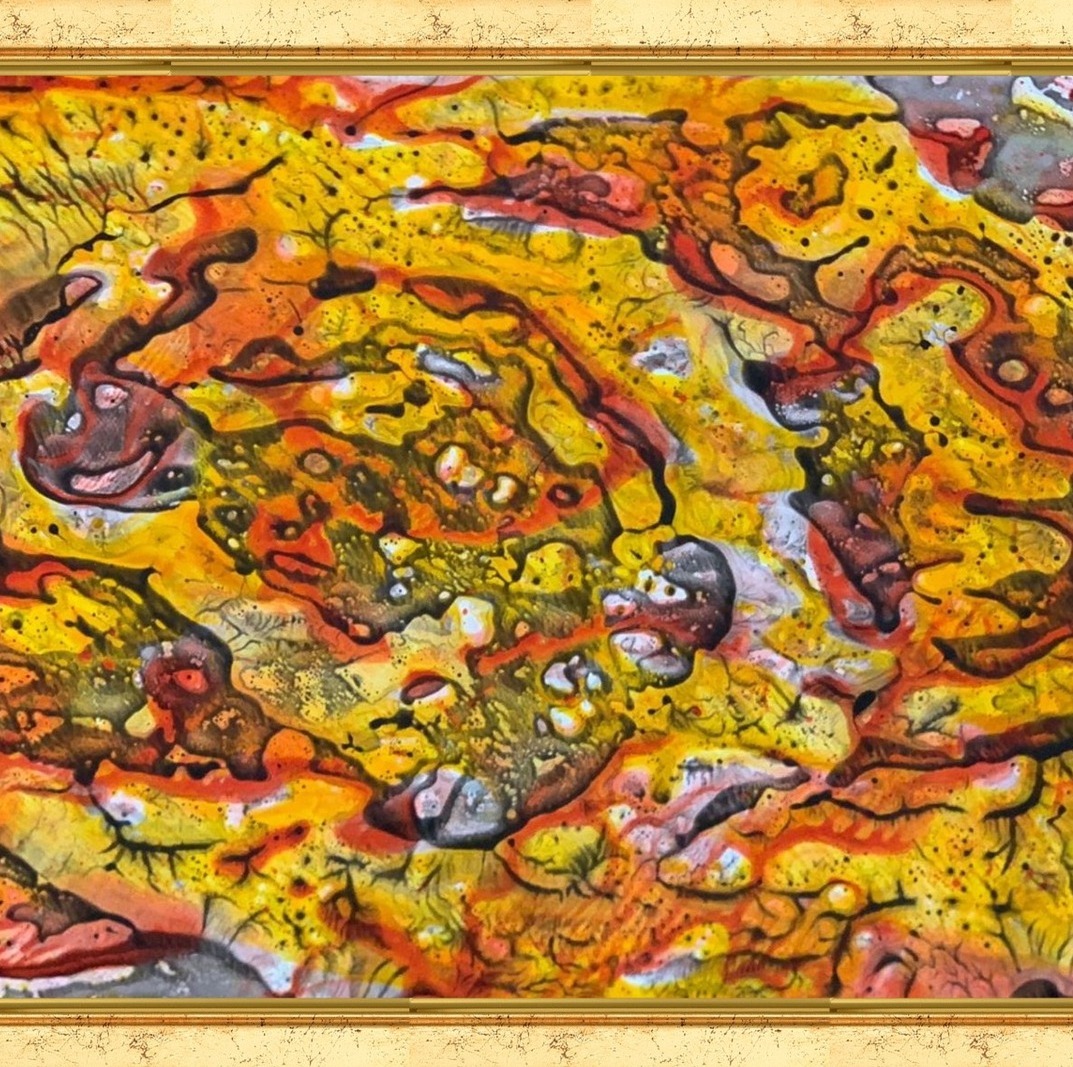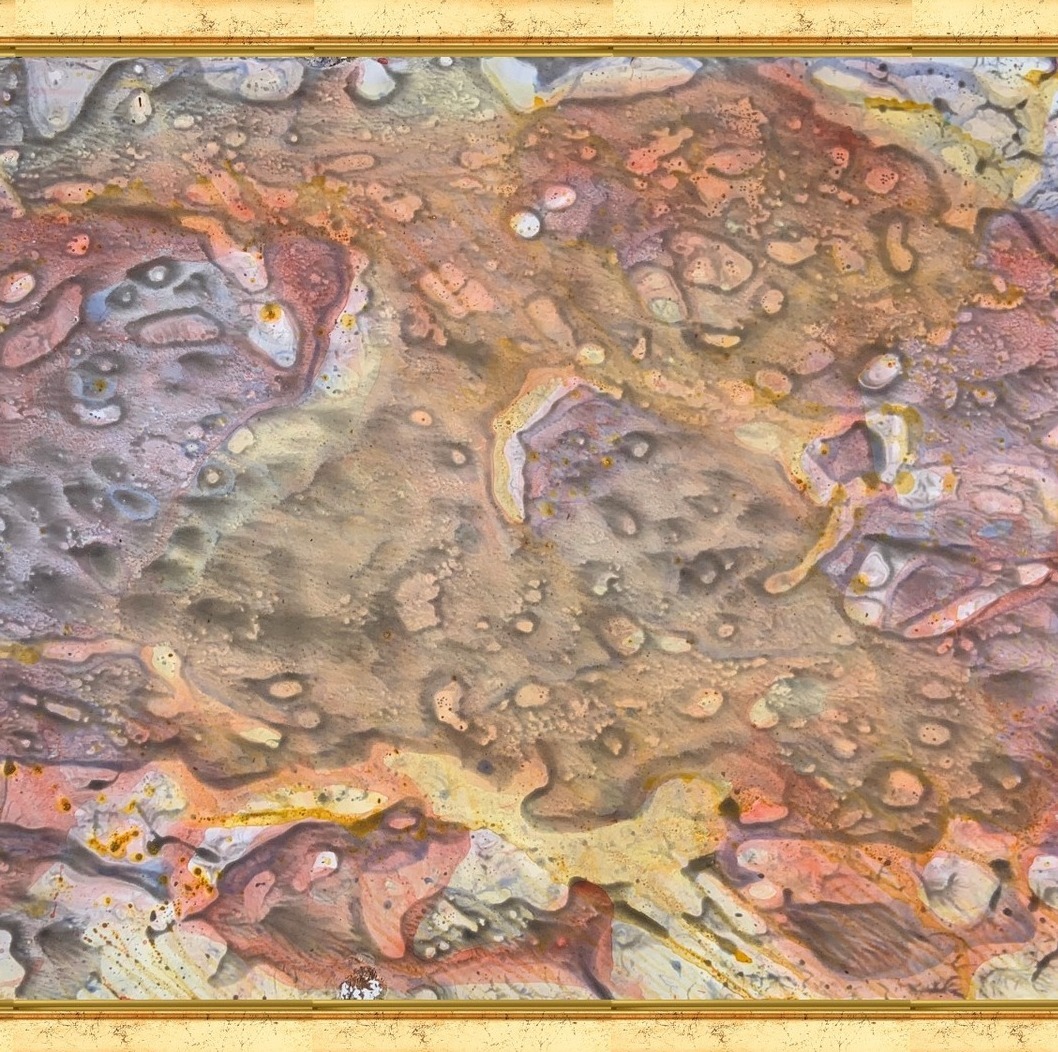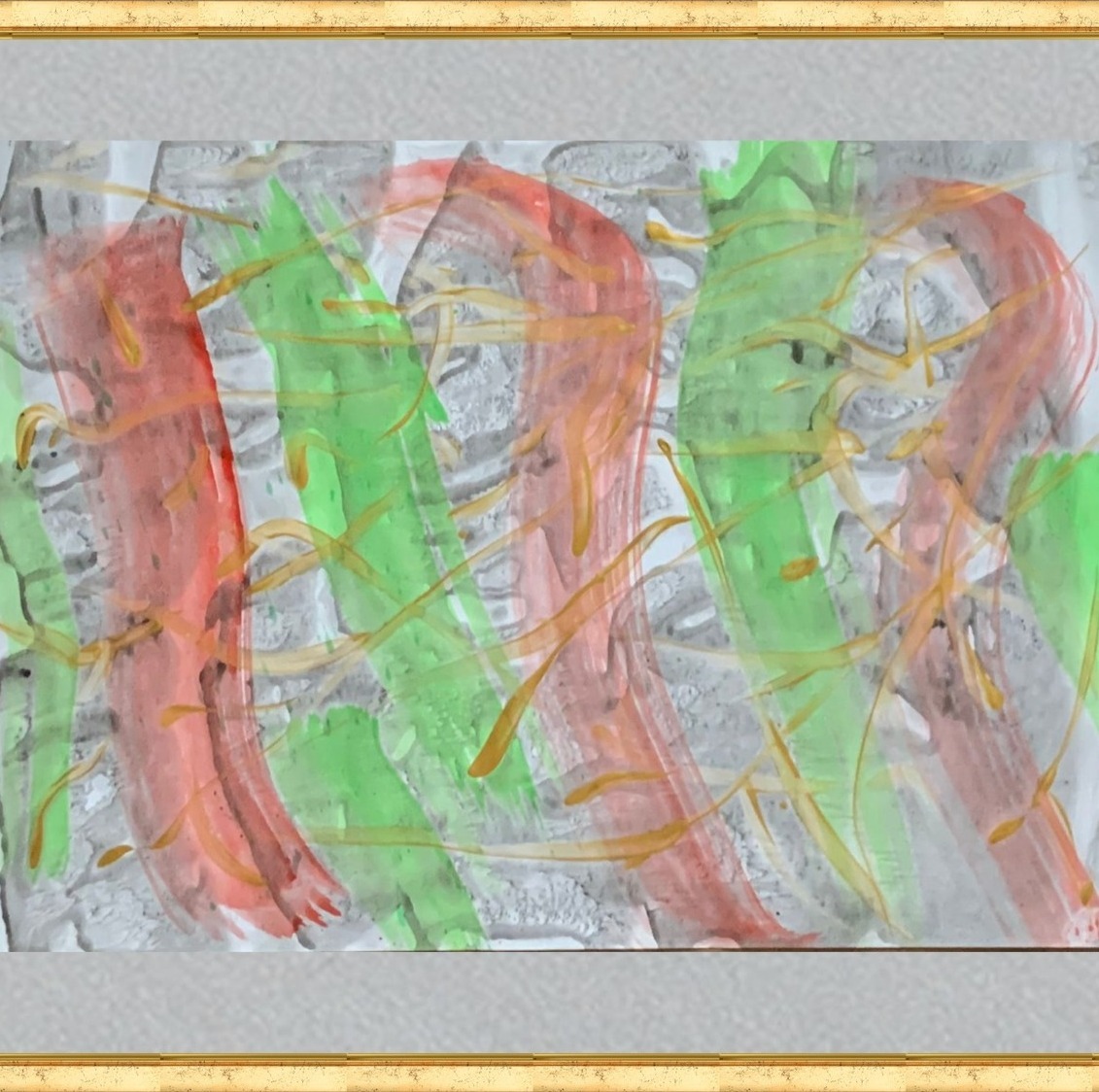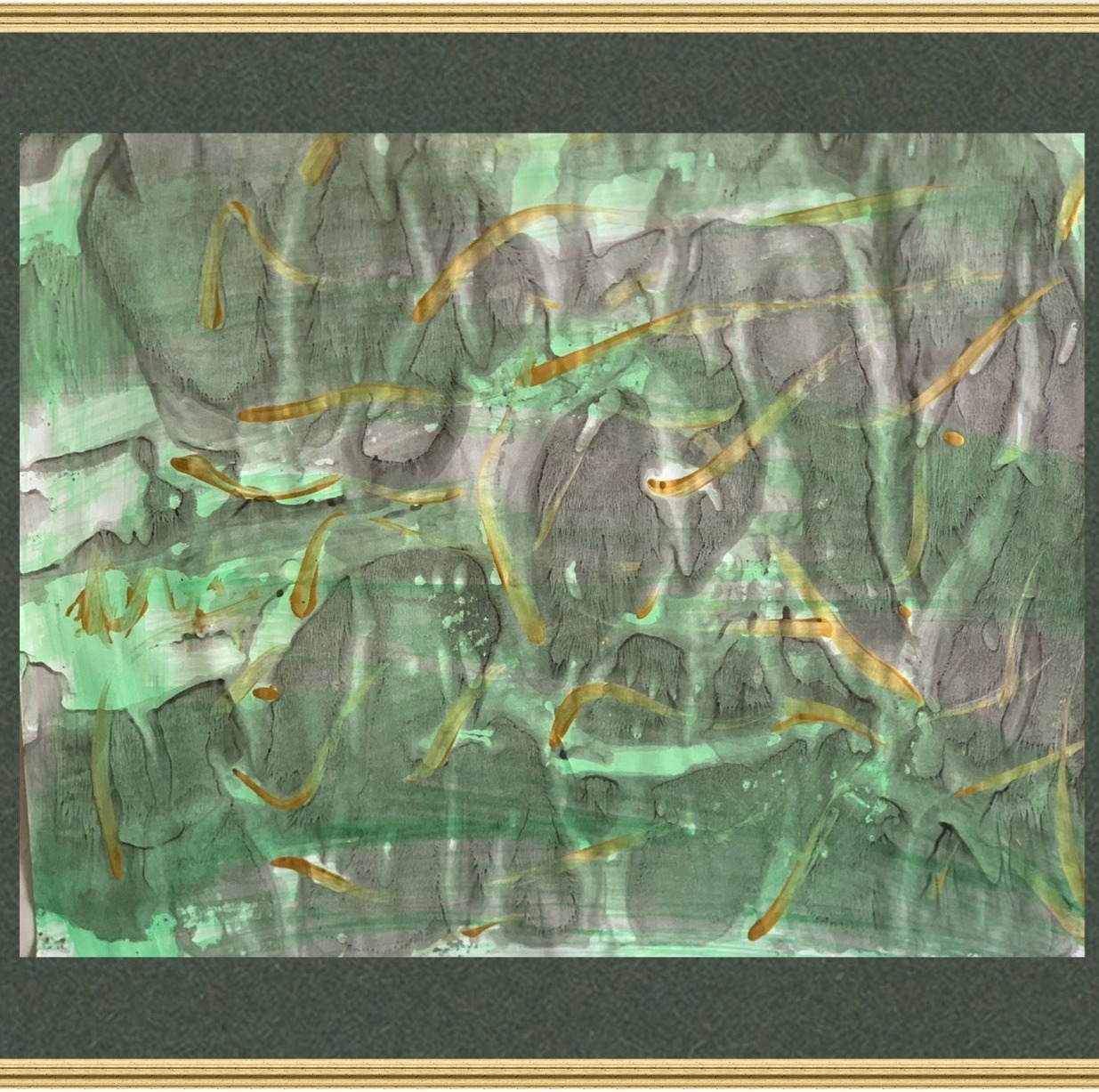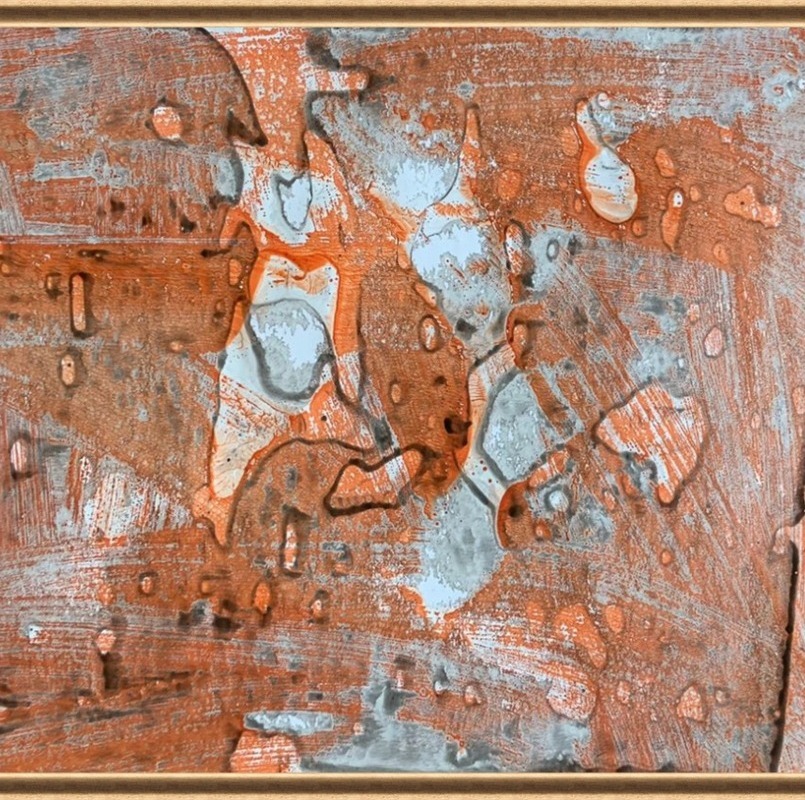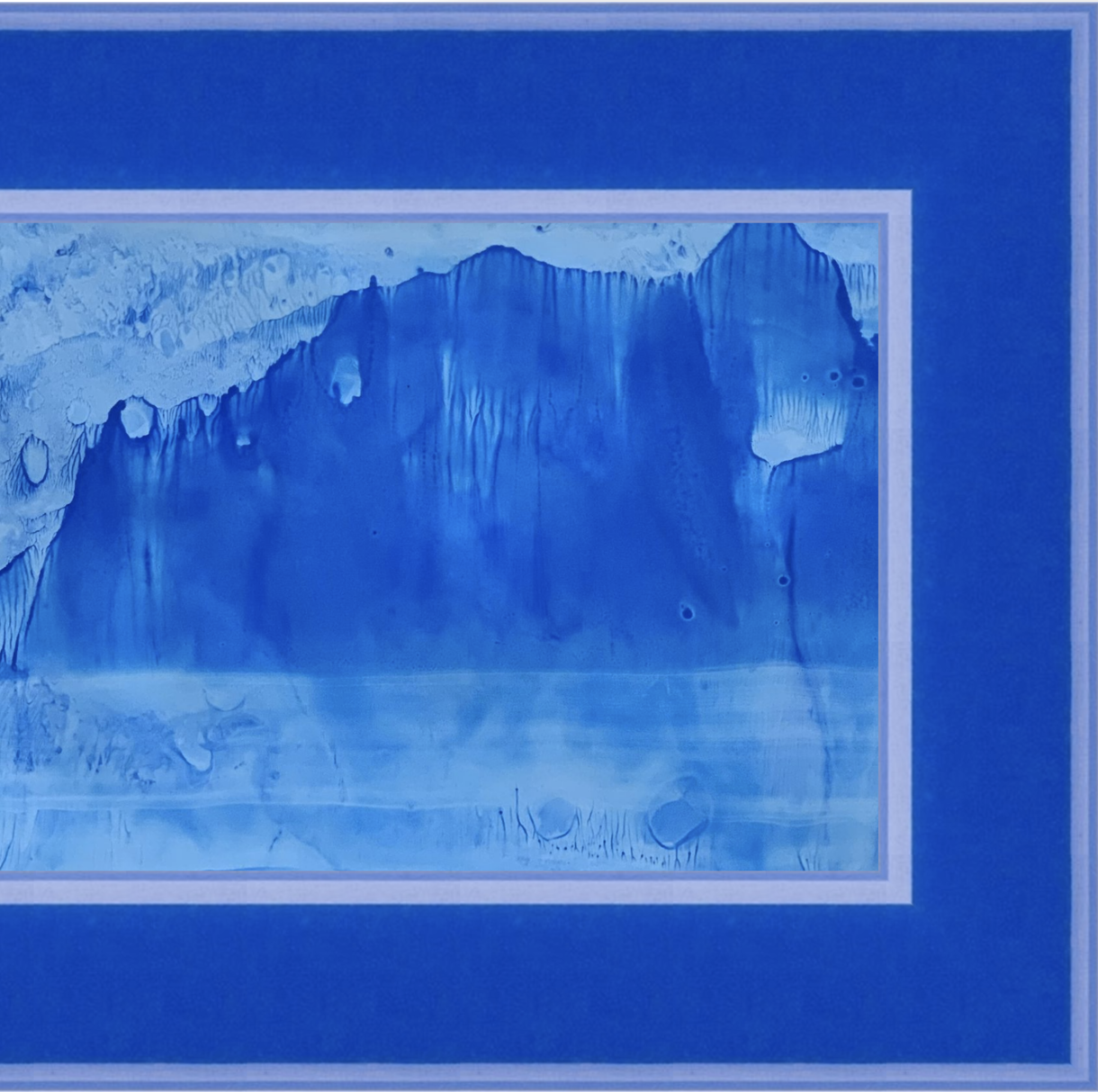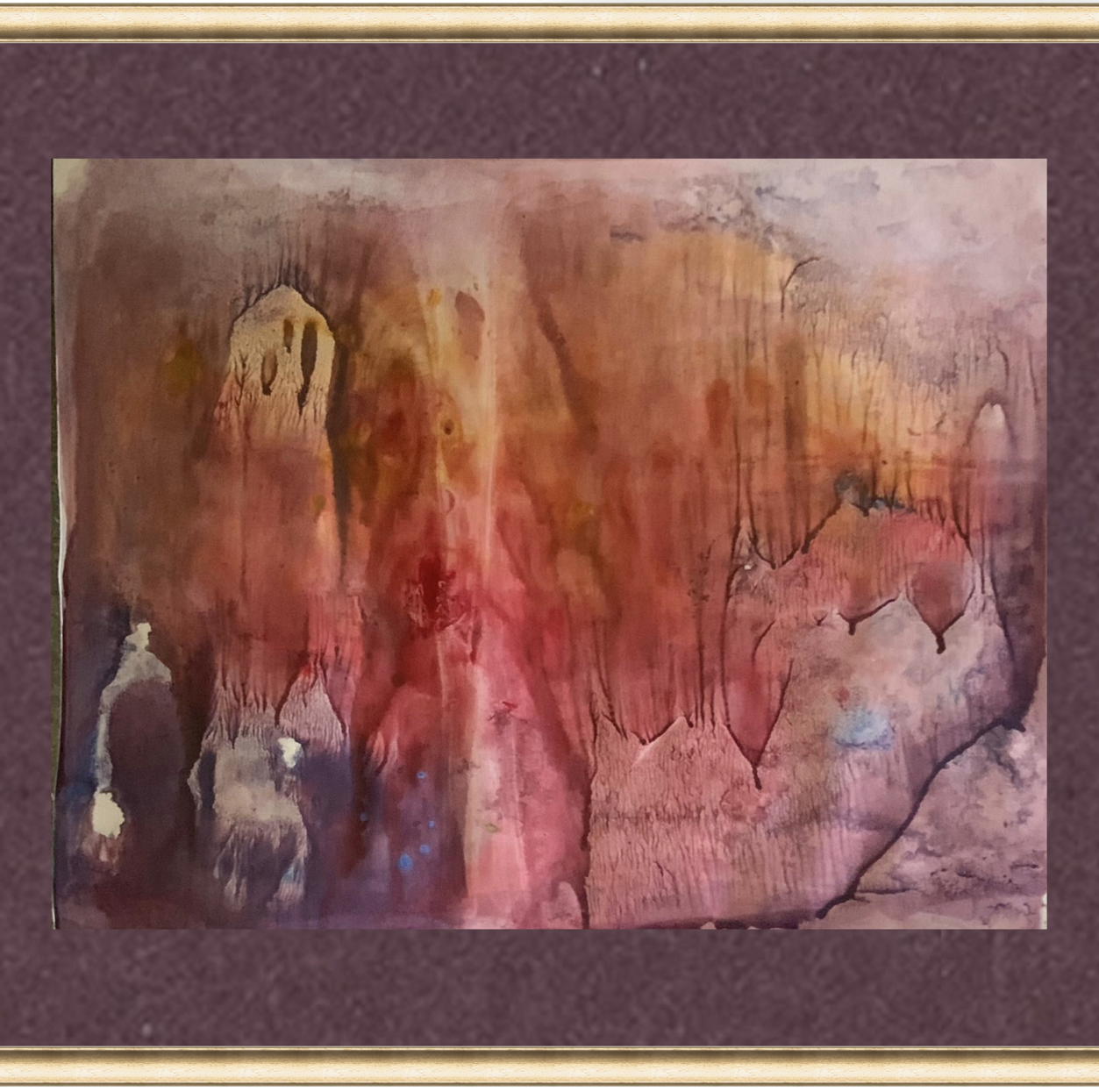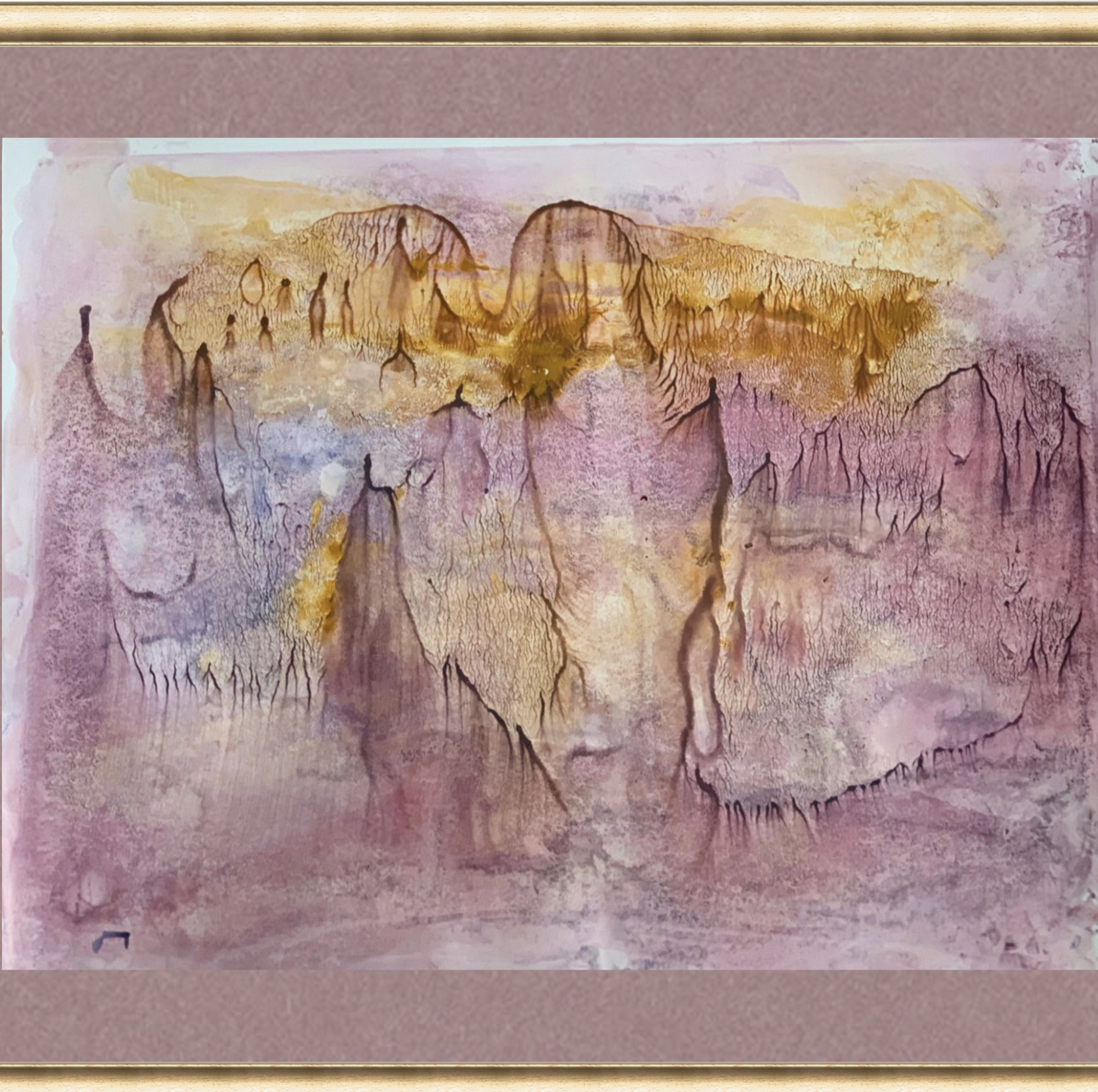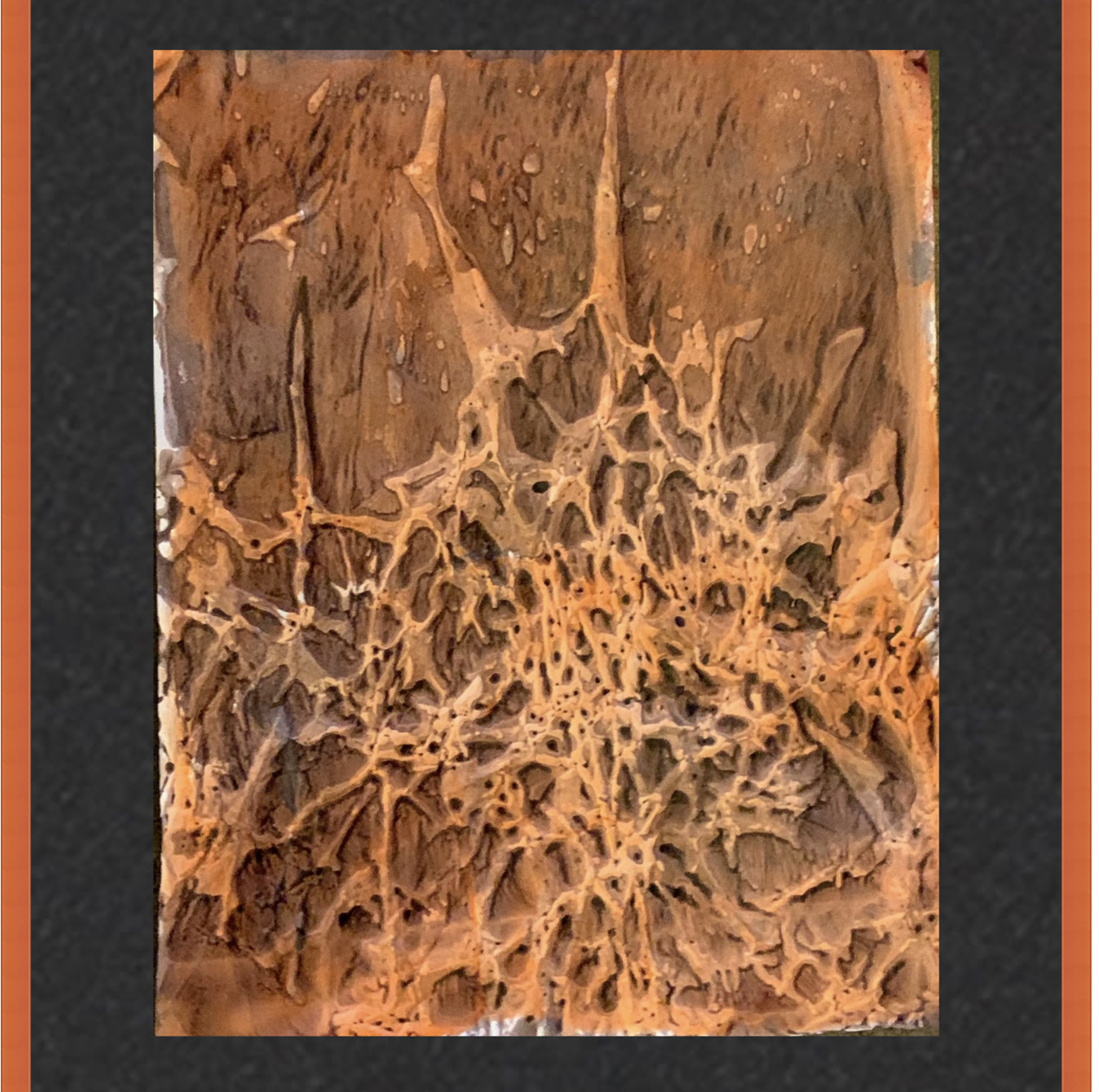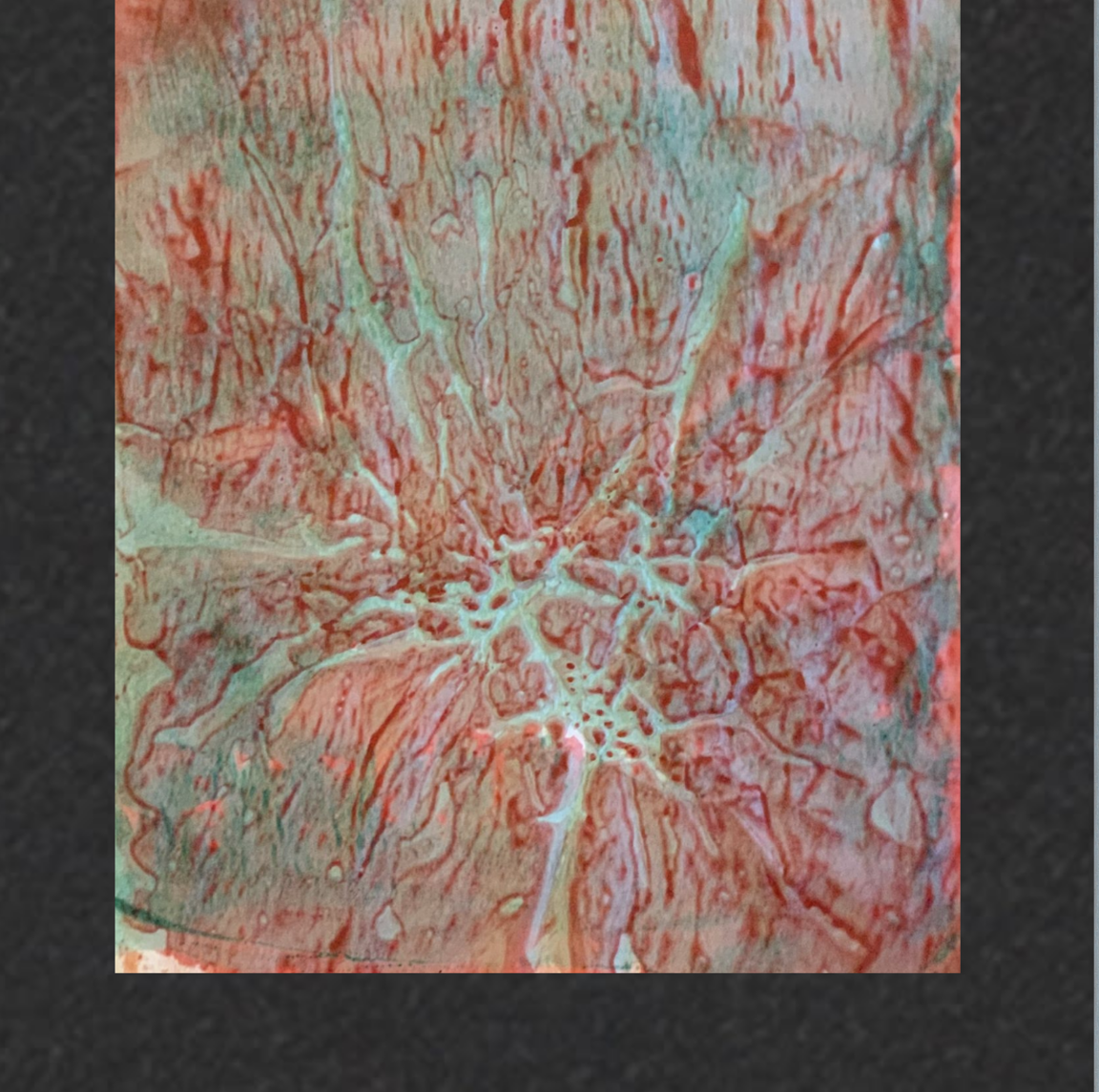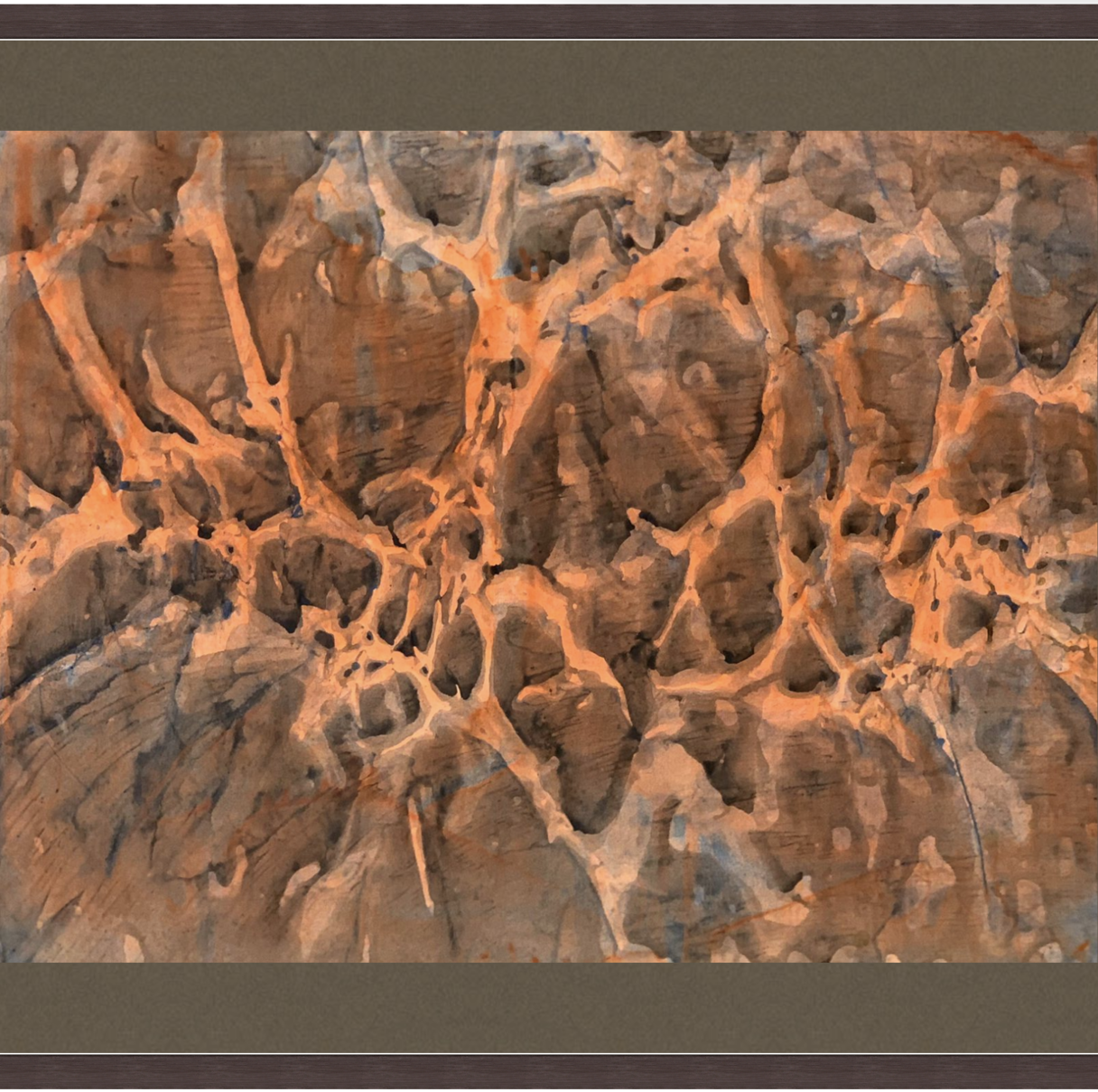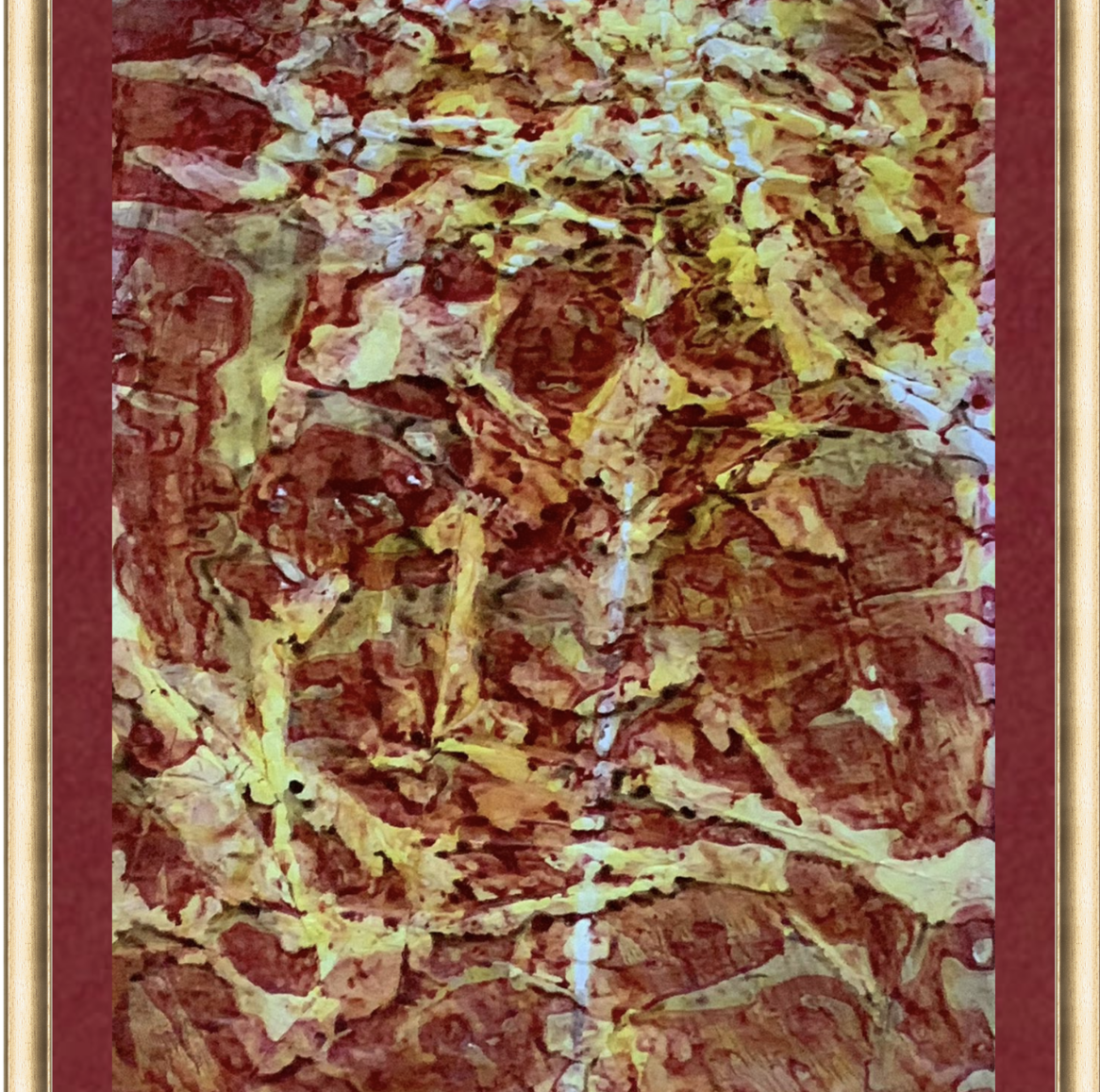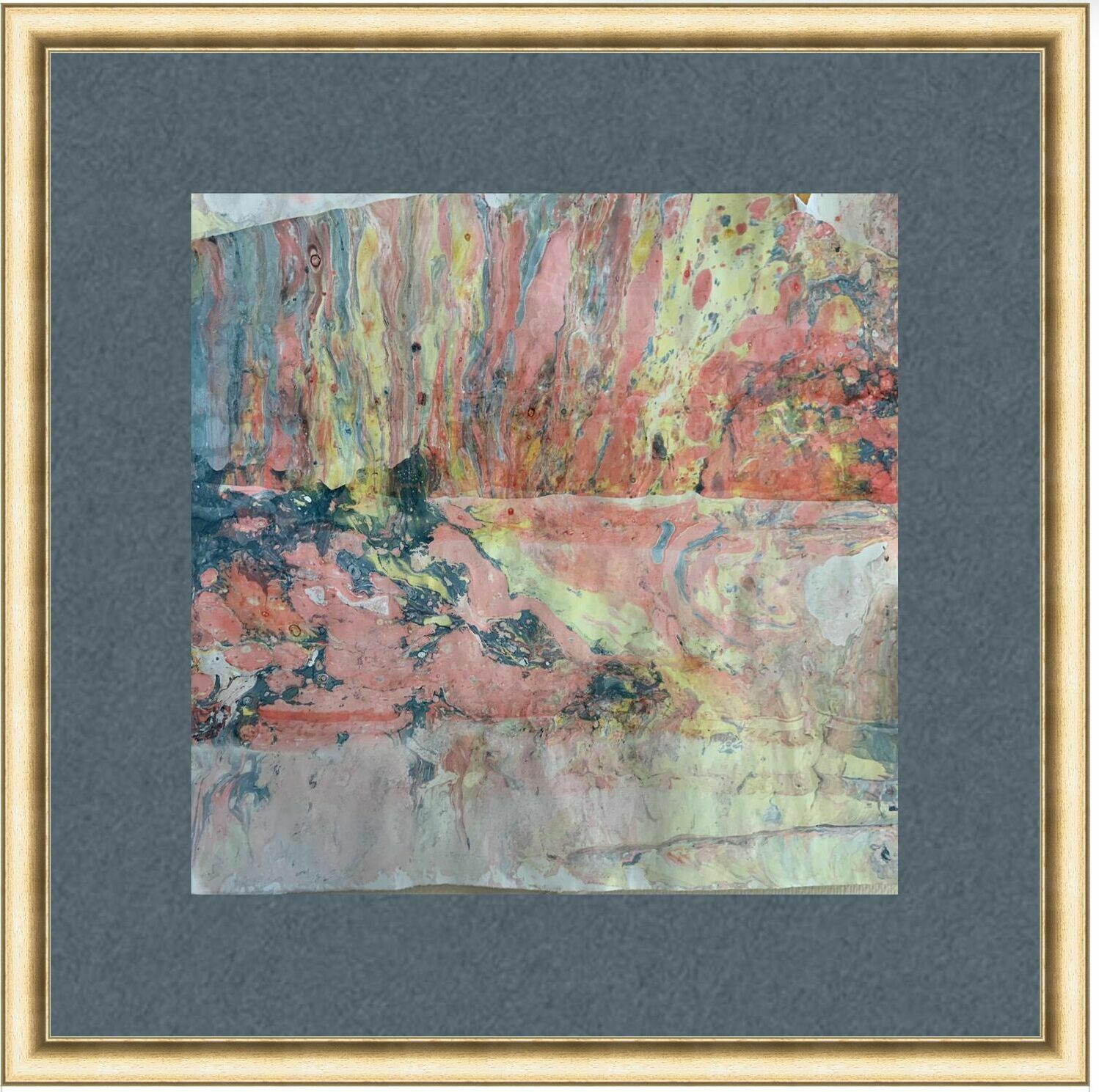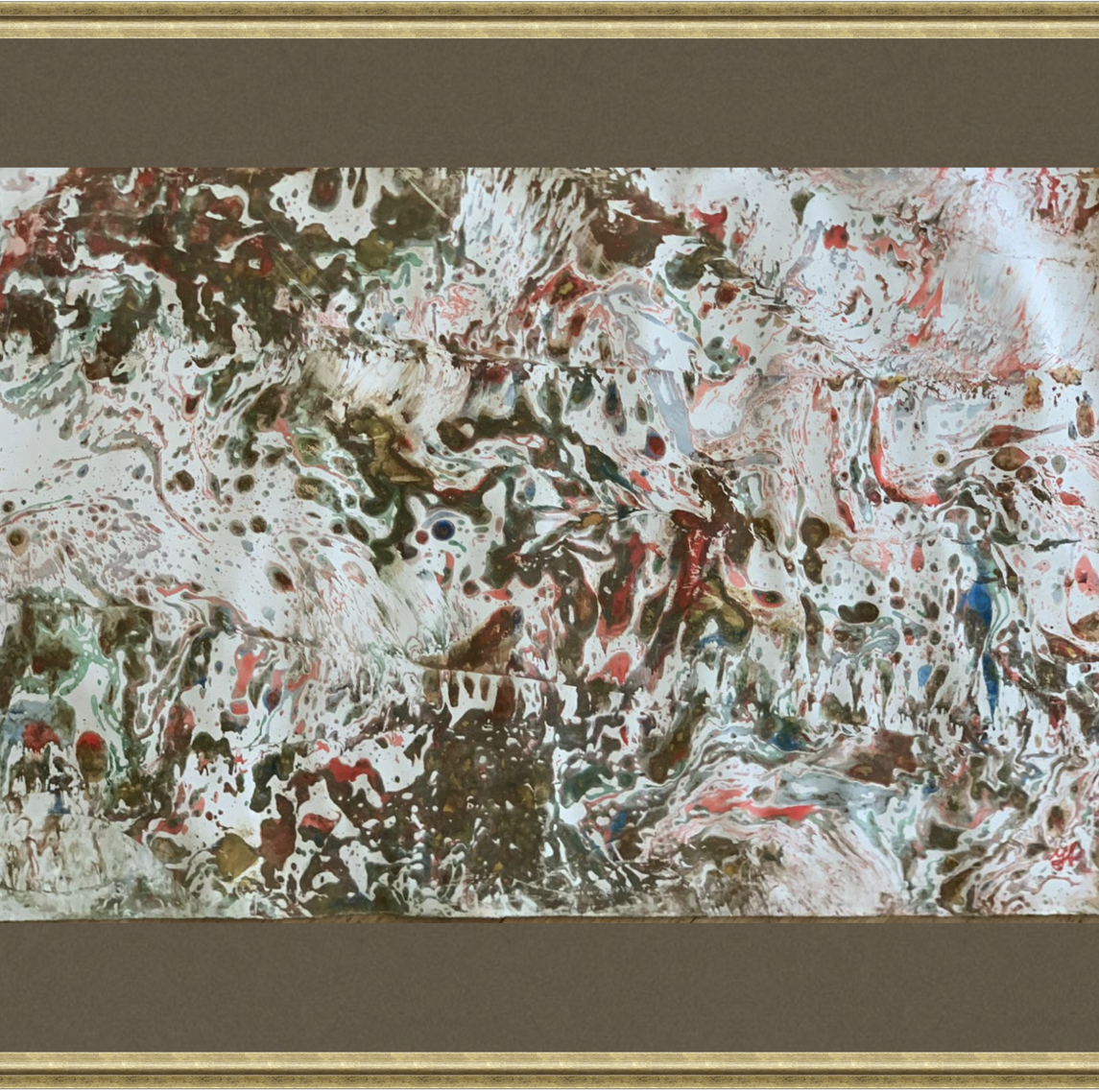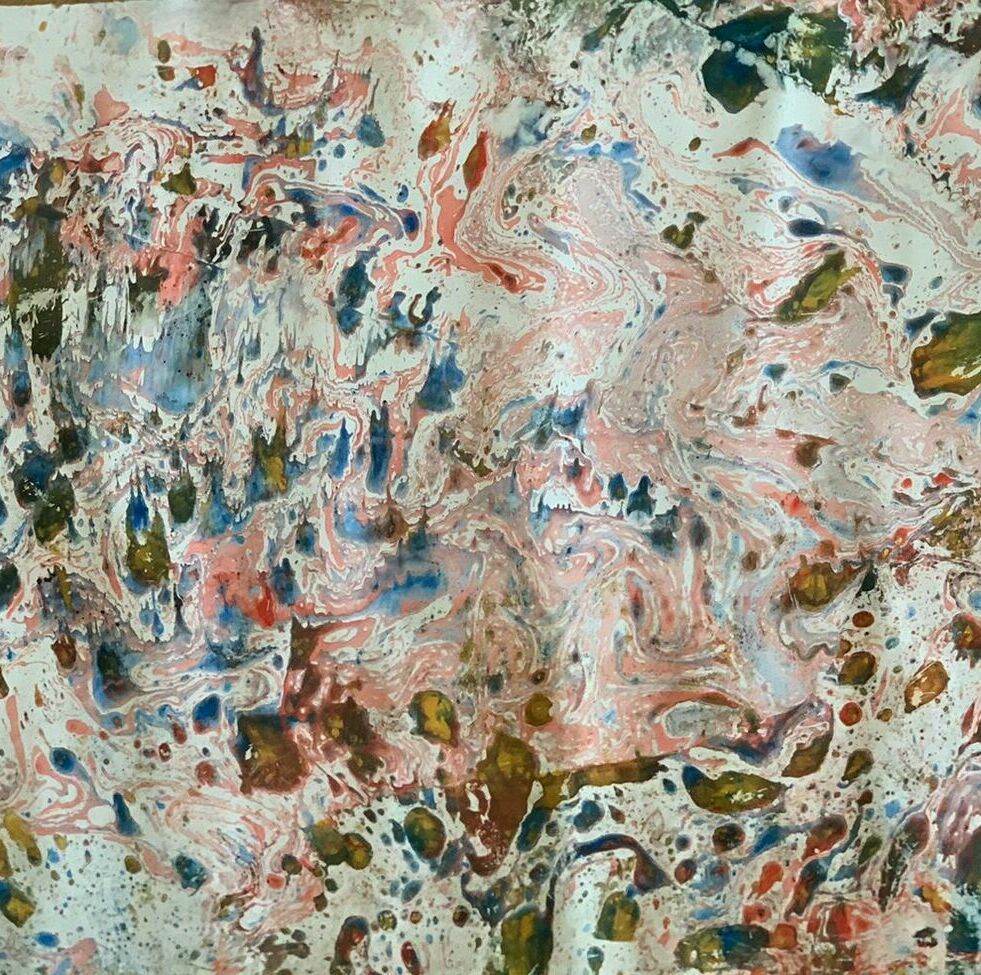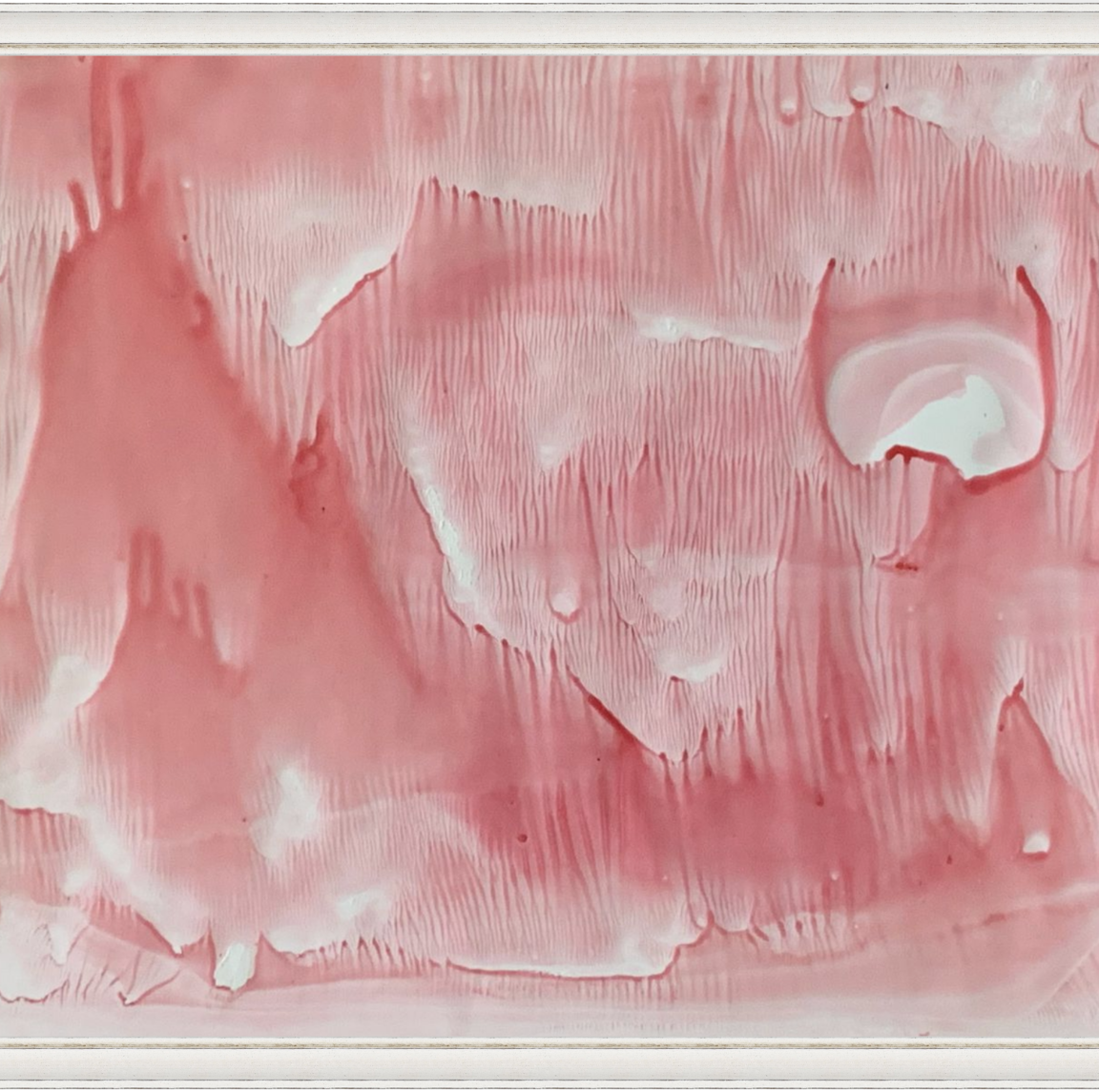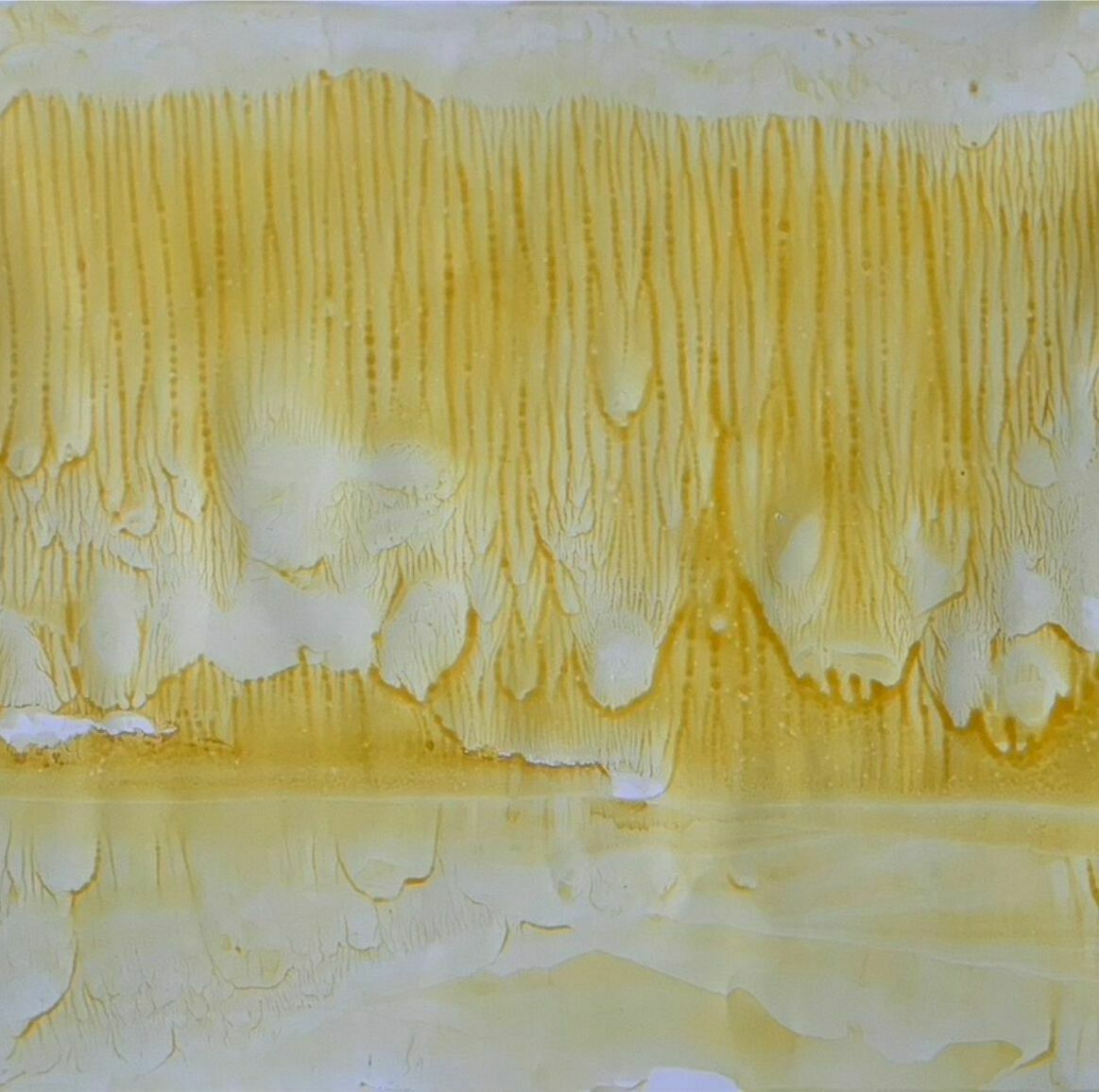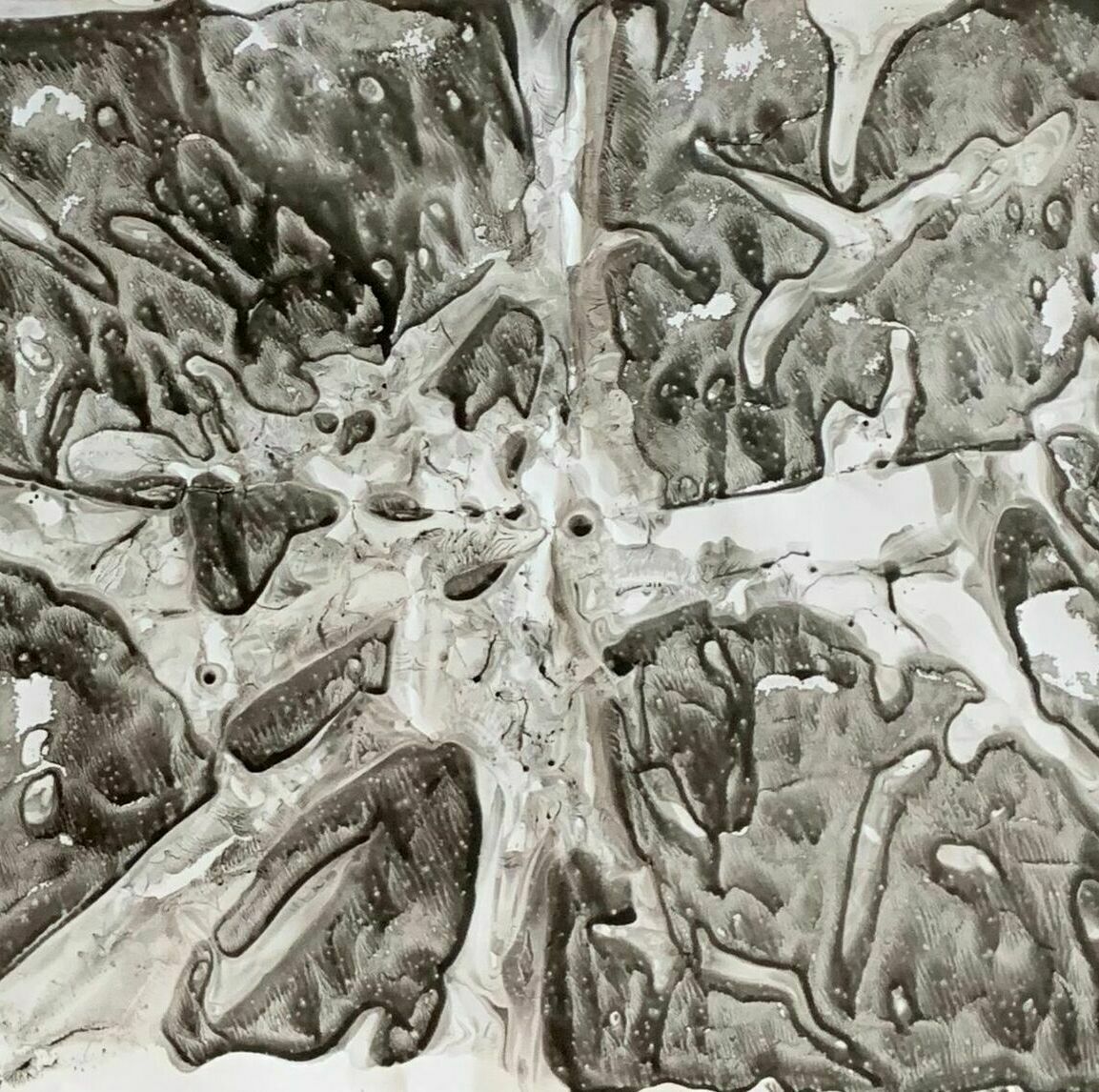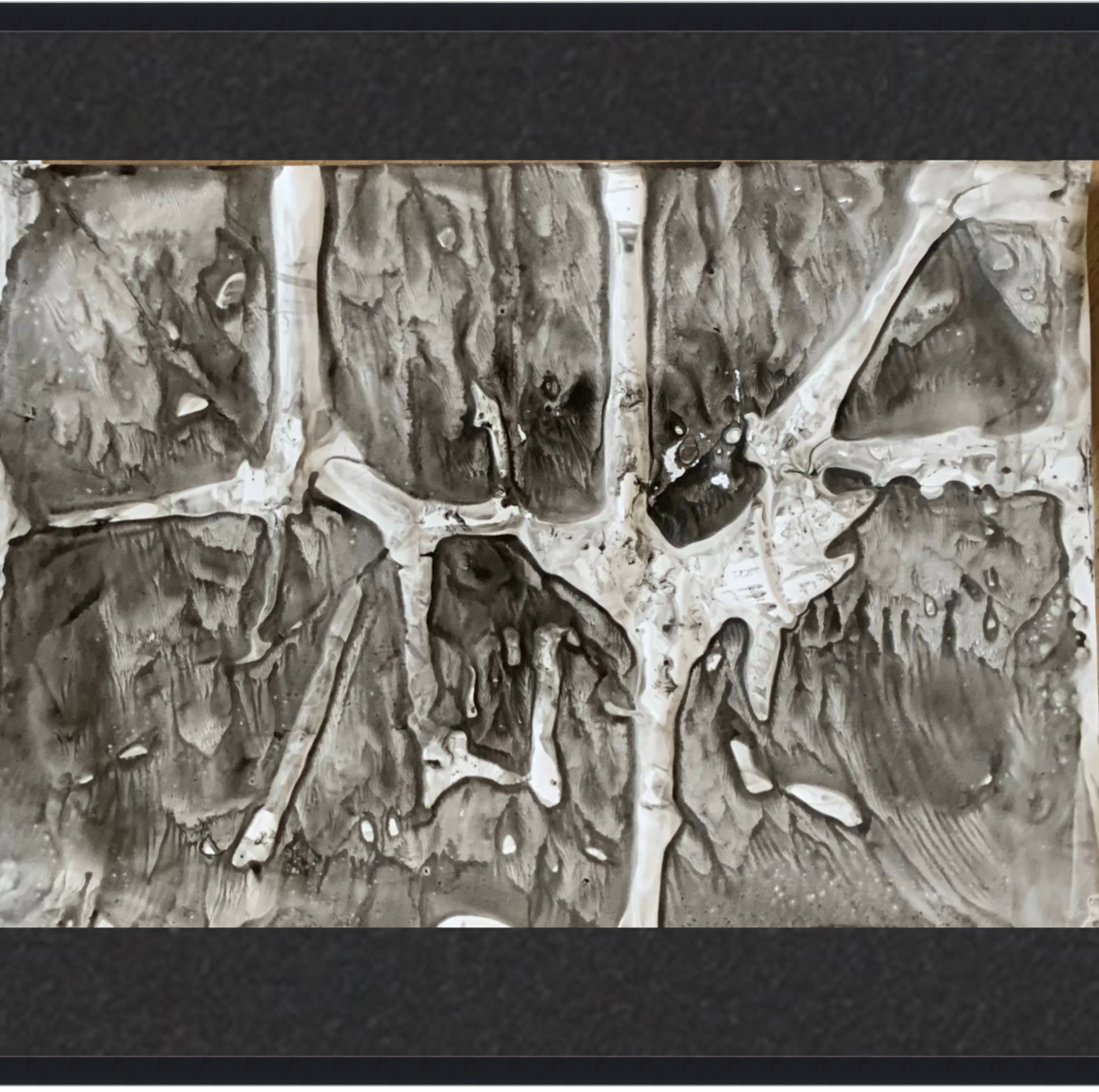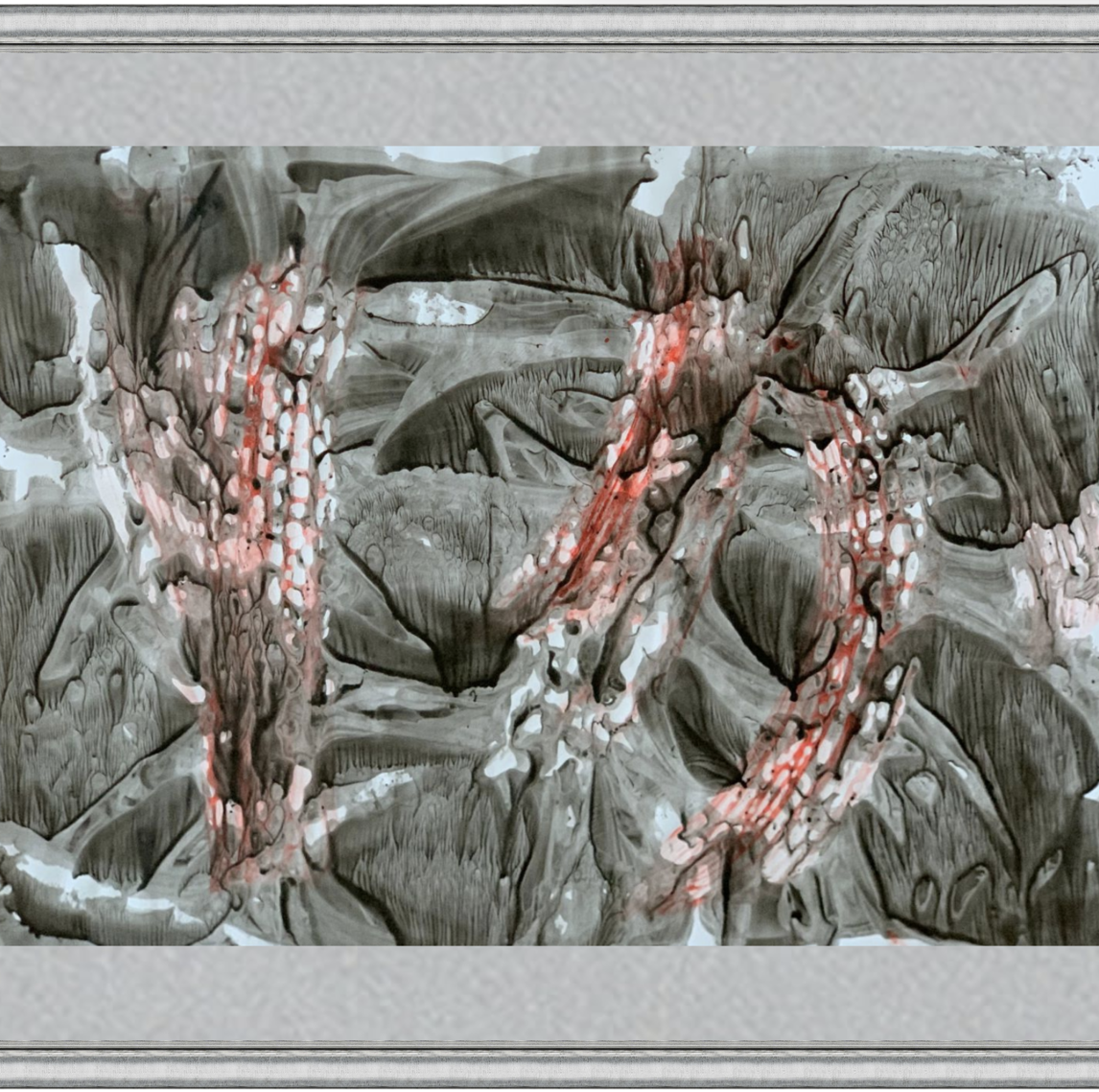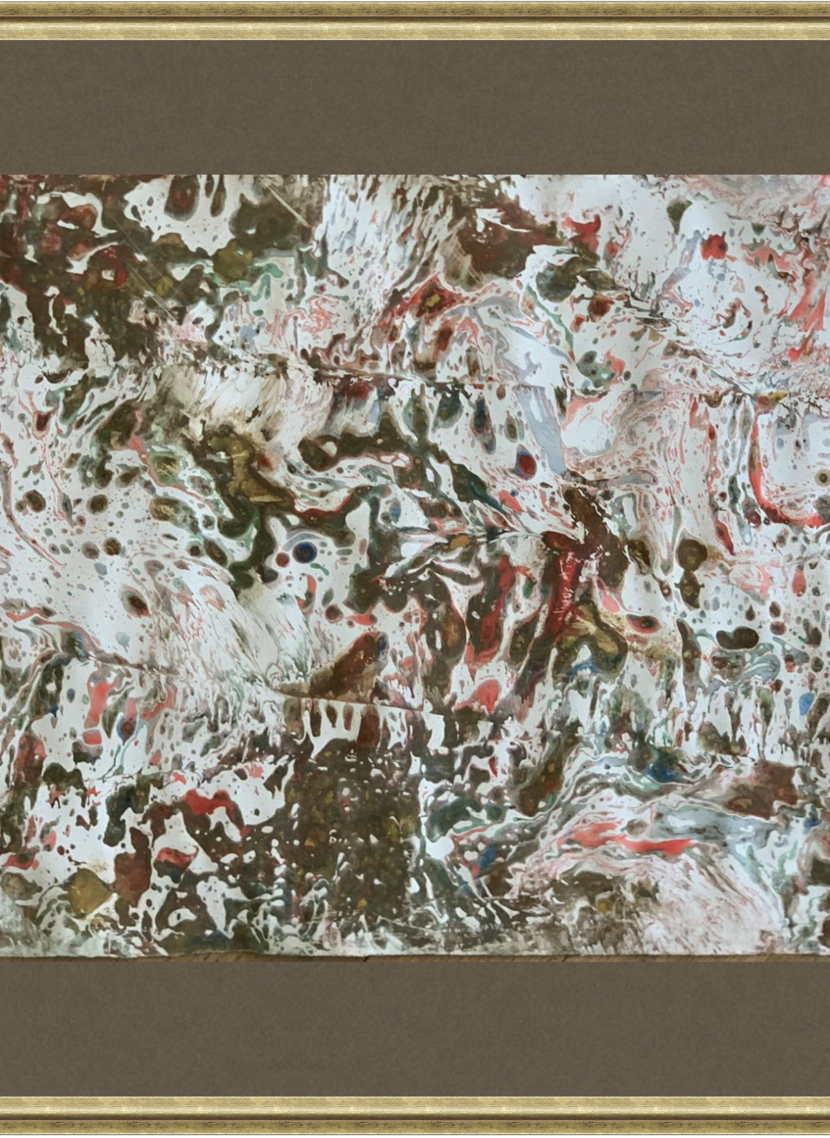YANN PANAYOTOV
Author's painting & graphics
--- My art is a dynamic dance of experimentation, where abstraction meets deep conceptual thought. I boldly play with form, texture, and color, creating unique works that embody not only emotions but also ideas.
My work reflects a respect for cultural heritage, which I skillfully weave into contemporary methods, infusing my creations with energy and vibrancy. This is art where every stroke and every shade tells a story, leaving room for reflection and a sense of connection to something greater.
Abstract-Conceptual Painting in the Context of Contemporary Art
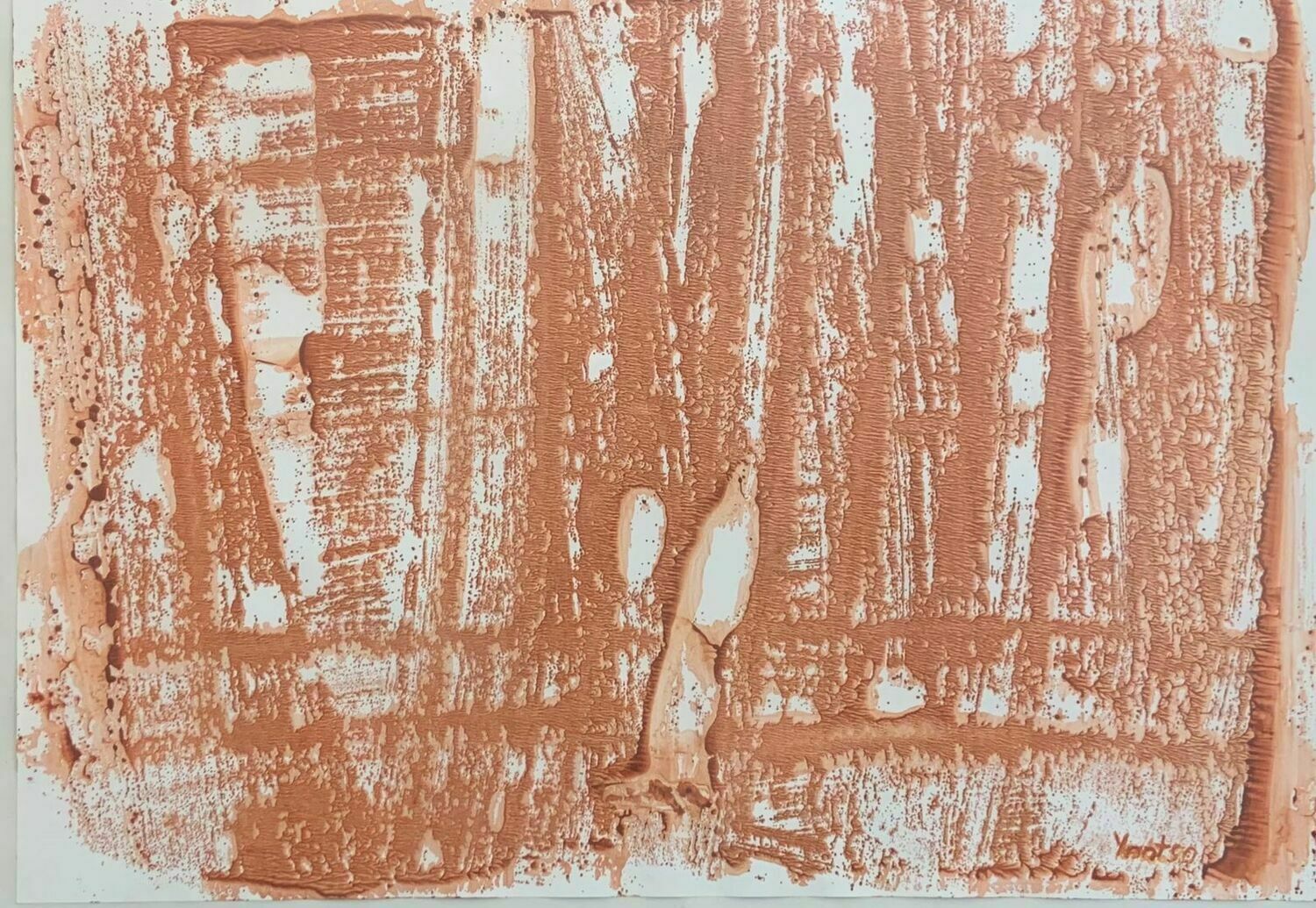
It can be confidently said that all the richness of contemporary art lies between two poles of the artist's activity:
the Will of chance, Unpredictability, and Carefully thought-out intent! (c)
Abstract-conceptual painting represents a synthesis of two important art movements: abstraction and conceptualism. Abstraction, which emerged in the early 20th century, seeks to depart from realistic depictions of the world, focusing on color, form, and line as the primary elements of composition. Conceptualism, which gained prominence in the 1960s and 1970s, emphasizes the idea behind the artwork, often placing the concept above visual aesthetics.
The combination of these two movements in contemporary art allows artists to create works that provoke thought while providing aesthetic pleasure through abstract forms and color solutions. Abstract-conceptual painting often does not aim to convey a specific image or narrative but works with ideas, emotions, and philosophical questions.
In a contemporary context, abstract-conceptual painting is used to explore a wide range of themes, from personal experiences and emotions to social and political issues. This technique allows artists the freedom to express their ideas and emotions through abstract forms while simultaneously creating deeply conceptual works.
Social and Political Critique: Many contemporary artists use abstract-conceptual painting to express their views on social and political issues. For instance, themes such as identity, migration, ecology, and human rights are often explored in such works.
Philosophical Exploration: Abstract-conceptual painting also provides an opportunity to explore philosophical themes such as the nature of reality, the perception of time and space, and the relationship between humans and the world around them.
Personal Expression: For many artists, this form of art becomes a means of self-expression, exploring the inner world, emotions, and the subconscious. Abstraction allows the conveyance of complex emotions and thoughts that are difficult to express within traditional forms.
Gerhard Richter: One of the most influential contemporary artists, Richter masterfully combines abstraction and conceptual ideas in his works. His series "Abstract Paintings" ("Abstraktes Bild") exemplifies how abstract painting can merge aesthetic appeal with deep conceptual context, exploring questions of perception and reality.
Ellsworth Kelly: Although Kelly is primarily known as an abstract artist, his works can also be viewed in a conceptual context. The simplicity of his forms and color decisions invites viewers to reflect on the nature of art itself and its perception.
Agnes Martin: Martin's works, which lie at the intersection of abstraction and minimalism, explore themes of silence, meditation, and inner peace. Her minimalist, almost monochromatic paintings require deep contemplation, making them both abstract and conceptual.
Focus on the Idea: In abstract-conceptual painting, the idea or concept of the work should be clearly formulated. This could be a philosophical idea, social commentary, or an exploration of the artist's inner world.
Experiment with Materials and Techniques: Artists are encouraged to use various materials and techniques to find the most suitable way to express their concept. This might include the use of unconventional materials, multilayered surfaces, or digital technologies.
Integration of Text: Some artists successfully integrate text into their abstract works, enhancing the conceptual aspect and helping to convey the idea to the viewer.
Creating Interaction with the Audience: Abstract-conceptual works often require active participation from the viewer, encouraging interpretation and reflection. Artists can use this interaction to create a deeper connection between the artwork and its audience.
Balancing Abstraction and Concept: It is important to maintain a balance between visual appeal and conceptual depth. This makes the work both interesting to perceive and meaningful in terms of its idea.
Abstract-conceptual painting plays a significant role in contemporary art by exploring and expressing complex ideas and emotions. Due to its flexibility and the ability to combine abstract forms with conceptual ideas, it continues to inspire artists to create unique and provocative works that engage the viewer on multiple levels.
BIOGRAPHY
AND CAREER

Yann Panaiotov, Greek artist, was born in 1972 in Sukhumi, Abkhazia, permanently resides in Athens, Greece.
Studied in a private art studio.
Currently lives and works in Athens and Moscow.
Since childhood, he was fond of drawing, but playing football during his school years and later his professional career as an orthodontist took over, and drawing faded into the background.
While studying at the medical institute, in some subjects, such as: anatomy, biology, histology, in addition to notebooks with lectures, we drew a lot and kept albums with drawings on the topics of the classes.
By the way, my album on biology was left at the department and placed under glass on the stand. And only in adulthood, the opportunity and time again appeared, the desire was always there, to take up this craft that was interesting to me.
It all started with sketches in a workbook with notes to distract and relax, in between writing scientific articles on medicine. The profession of an orthodontist primarily requires a creative approach, knowledge of anatomy, biology, physiology, biomechanics, precision, attention to detail and patience, which harmoniously echoes my approach to drawing.
Drawing is for me not only a way of self-expression, but also a method of emotional and psychological relief, growth and movement, while maintaining Balance.
Basic training in painting and graphics, took place in a private art studio in Moscow. I attend master classes, take online training, which help me develop and improve my skills. These meetings enrich me both creatively and professionally. I prefer to work in various techniques and materials: watercolor, graphics, monotype, charcoal and graphite, digital drawing. Each of these techniques allows me to reveal my skills, abilities, ideas and impressions in a new way, conveying them on paper and canvas.
Watercolor allows me to create light and airy compositions, monotype is a constant experiment, unexpected and unique forms and effects, and charcoal and graphite are clarity and contrast. My works are a reflection of my life path, experience, emotions and impressions.
They tell about my aspirations, dreams, and personal experiences. I hope that my path will inspire someone to search for their own, to creativity and self-expression. (с)
Quize under constractions
Blog under constractions
23 08
ETC
MONOTYPE
Monotype is a printing graphic technique of layer-by-layer application of paint of one or several tones onto a specific surface (glass, plastic, etc.) with subsequent printing onto paper, wood, fabric, etc., in which a unique image is created randomly, since it cannot be reproduced twice.... (С)
12 .06
etc
etc
Contacts
GALLERIES, DESIGNERS, ART DEALERS ARE INVITED TO COOPERATE! If you have any questions or suggestions for cooperation, you can contact us in a way convenient for you!
- Greece, Athens, Patron 63, 18451
- +306906885505
- yantso@mail.com
- Moscow, Berejkovskaya naberejnaya str., 2, 121059
- +79685967766
- yantso@mail.com
FOLOW US ON
2024 © PANATYPE

